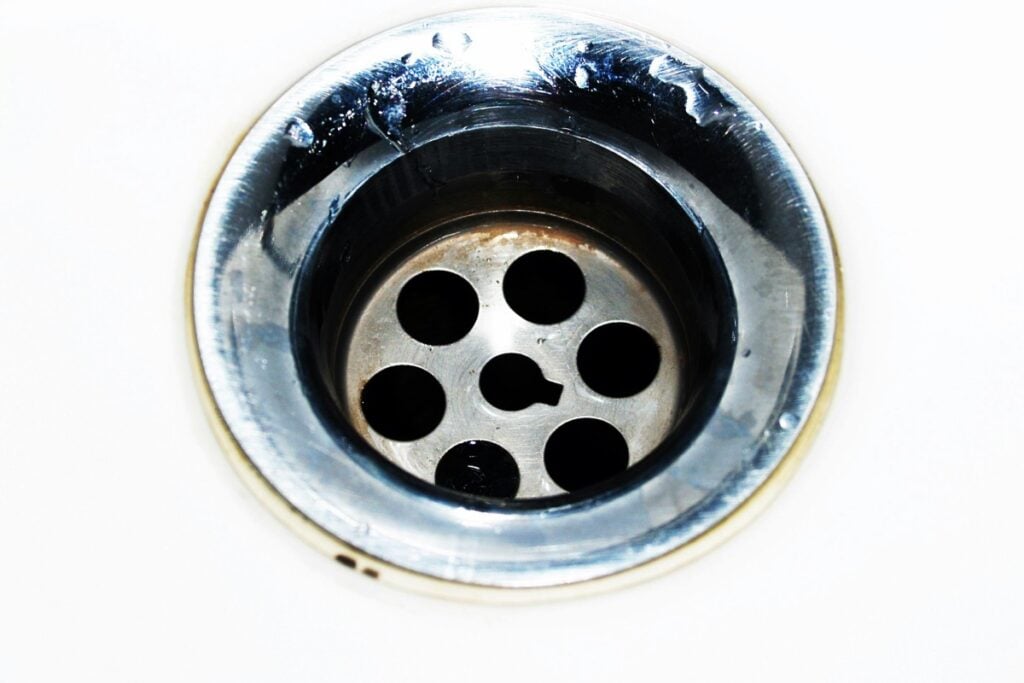Why Aquamation’s Wastewater Release is Environmentally and Ethically Sound
When people learn about aquamation, or alkaline hydrolysis, one aspect often sparks curiosity or concern: the release of water used in the process into wastewater systems. While this idea may seem unconventional, the reality is that aquamation wastewater is not only safe but also environmentally beneficial. It’s a modern method that challenges traditional practices like cremation and burial, offering a greener, gentler legacy for the deceased.
What is Aquamation or Water Cremation?
Aquamation, also known as alkaline hydrolysis or water cremation, is an eco-friendly alternative to traditional cremation and burial. The process involves placing the body in a pressurized chamber filled with water and an alkaline solution. This combination, under controlled heat and pressure, breaks down the body’s tissues into their natural components, mimicking natural decomposition but at an accelerated pace.
At the end of the process, the body is reduced to two byproducts: sterile water and bone fragments. The bones are dried, processed into ashes, and returned to the family. The water, which is sterile and free from harmful substances, is released into the municipal wastewater system for treatment.
Aquamation uses significantly less energy than flame cremation and does not produce harmful emissions, making it a preferred option for those seeking an environmentally conscious end-of-life choice.
What Happens to the Water in Aquamation?
Aquamation mimics natural decomposition, using a water and alkaline solution to break down tissues into their base components. The process leaves behind sterile water, natural salts, and nutrient-rich organic compounds. The sterile water is free from harmful pathogens or organic contaminants, the salts are benign and naturally occurring, and the organic compounds include biodegradable amino acids and peptides. This water is released into municipal wastewater systems for standard treatment.
Why Aquamation’s Water Release is Safe and Sustainable
Critics may question the content of the wastewater or its environmental impact. The wastewater is completely harmless and poses no risk to public health or the environment. It contains only sterile water, natural salts, and biodegradable organic matter that supports wastewater treatment processes. It avoids the toxic chemicals and pollutants associated with traditional burial or cremation.
Advantages Over Traditional Methods
Here are the advantages of aquamation over traditional funeral disposition methods.
Cremation
Cremation uses high heat, consuming significant amounts of energy and emitting greenhouse gases. Additionally, mercury from dental fillings or other materials may be released into the air. Aquamation, by contrast, uses 90% less energy and produces no airborne toxins. The water released from aquamation is environmentally harmless and far less impactful than cremation’s emissions.
Burial
Traditional burial often involves embalming fluids containing toxic chemicals, which can seep into the ground and harm ecosystems. Cemeteries also require ongoing maintenance, consuming water and fossil fuels. Aquamation eliminates these risks by avoiding embalming and returning water safely to the environment.
Addressing Concerns About the Wastewater
Some may hesitate at the idea of releasing water associated with a loved one into wastewater systems.
What’s in the Water?
The water contains natural salts like sodium and potassium, biodegradable organic compounds such as amino acids and peptides, and no harmful chemicals or pathogens. This composition makes the wastewater harmless and environmentally friendly.
How is it Treated?
The water enters municipal wastewater systems, where it undergoes the same treatment as household water. This includes biological, chemical, and physical processes to purify the water before it is released back into the environment.
Why is it Safe?
Municipal wastewater systems are designed to handle far more complex and potentially harmful materials than the sterile byproducts of aquamation. By the time the water is returned to natural systems, it is clean and poses no threat to the environment.
FAQs About Aquamation Wastewater
Frequently asked questions answered about aquamation and waste water.
What exactly is in the water released from aquamation?
The water is sterile and contains natural salts (like sodium and potassium), biodegradable organic compounds (amino acids and peptides), and no harmful chemicals or pathogens.
Is the water harmful to the environment?
No, the water is harmless. It is biodegradable, contains no pollutants, and can even aid microorganisms in wastewater treatment processes.
Does the water contain traces of the deceased?
No. The only remains are bone fragments, which are processed into ashes and returned to the family. The water is sterile and contains no recognizable or harmful remnants of the body.
How do wastewater systems handle aquamation water?
Municipal wastewater systems process aquamation water like any other water from homes, medical facilities, or businesses. The sterile, nutrient-rich water does not pose any challenge to these systems.
What remains are left over?
The aquamation process leaves behind bone fragments, which are dried and pulverized into a white/grey powder, similar to remains from cremation. The ashes are returned to the family.
Does aquamation wastewater pollute rivers or lakes?
No. Before water is released into natural systems, it undergoes rigorous treatment at municipal plants to ensure it is safe and clean.
Is releasing aquamation water disrespectful?
This concern arises from misunderstanding. Aquamation’s water release is an environmentally friendly way to return the body’s essence to the natural water cycle, honoring both the deceased and the planet.
What do religions say about aquamation?
Many religions accept aquamation as they do cremation. Some expressly forbid it. See more detail on this.

